




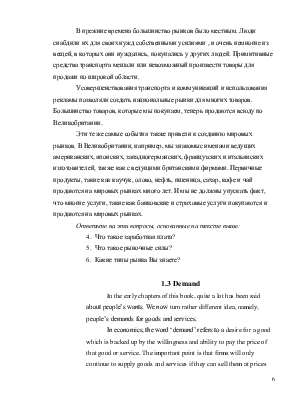
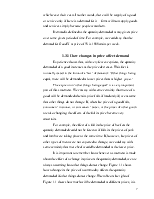



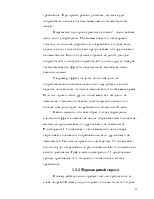
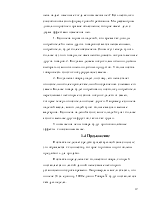
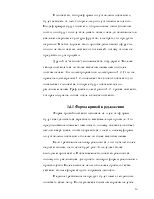
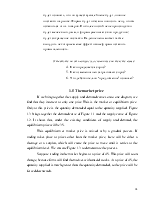
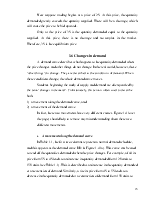
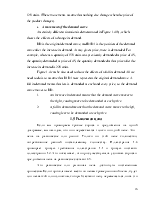
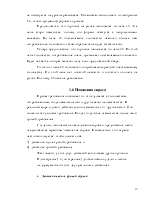
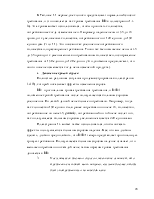
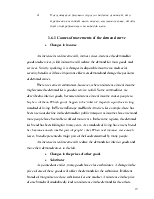

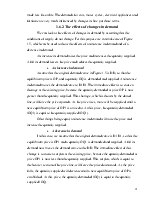
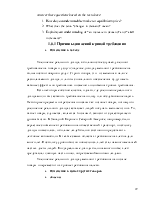
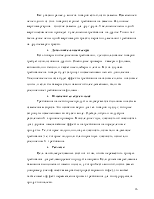
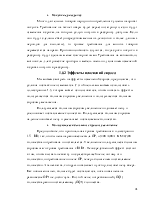
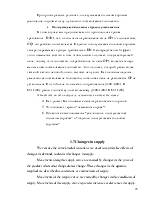
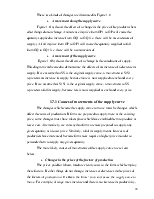


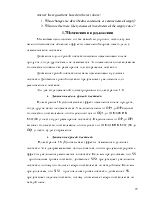
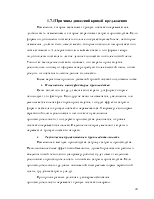
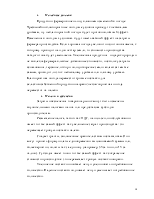
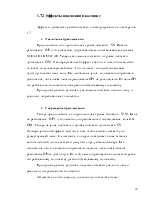
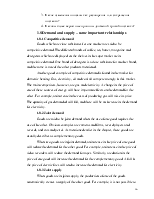
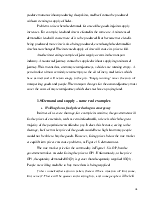

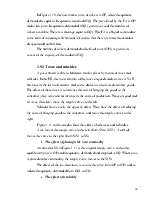
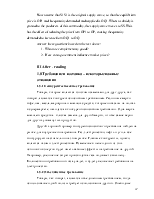
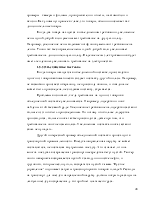

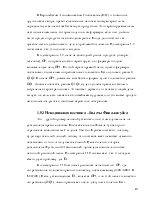
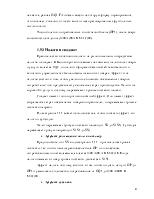
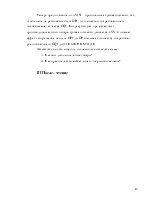
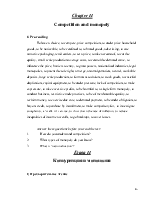



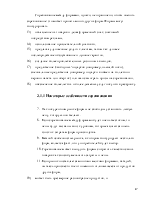
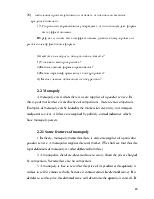
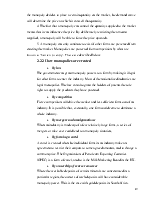
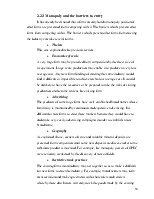

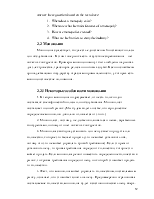
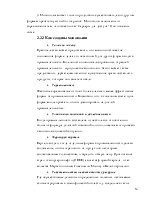
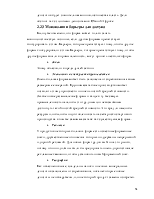
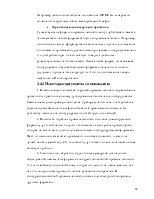
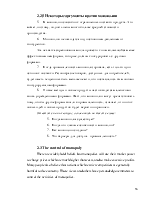
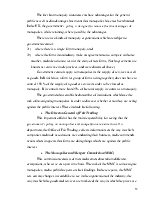
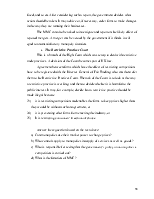
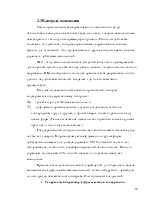

Chapter 1
Prices and markets
1) Pre-reading
Value in exchange, a particular meaning, to be worth in terms of, to have money prices, the price of labor, market forces, the traditional market, to transact business, to establish prices, a telephone network, to put in touch with a dealer, foreign currencies, to create markets, to be backed up by, to cover costs, consumers’ incomes, the fall in price, a demand schedule, to be better off, to make purchases, competing substitutes, to switch some of the purchases away from, to earn profit, an equilibrium price, a shortage, unsold stocks, conditions of demand, extension of demand, inferior goods, decline in demand, complementary goods, advertising campaign, to buy on hire purchase, contractions of supply, taxes and subsides, a reduction in the costs, joint demand, a guaranteed price, to be stored in granaries, overseas markets.
Глава 1
Цены и рынки
1) Предварительное чтение
Ценность в обмене, особое значение, стоить с точки зрения, получить денежную цену, цена труда, рыночные силы, традиционный рынок, вести бизнес, устанавливать цены, телефонной сети, поддерживать связь с дилерами, иностранные валюты, создавать рынки, должны быть подкреплены, покрывать расходы, доходы потребителей, снижение цен, график спроса, быть лучше, делать покупки, конкурирующие заменители, переключение на некоторые покупки от, заработать прибыль, равновесная цена, дефицит, непроданные акции, условия спроса, расширение спроса, товары низкого качества, снижение спроса, товары-дополнители, рекламная кампания, покупать в рассрочку, сокращение предложения, налоги и субсиди, снижения затрат,общий спрос, гарантированная цена, которая хранится в амбарах, зарубежные рынки.
Answer these questions before you read the text:
1) Give two reasons why people will tend to buy more of a good when its price falls.
2) “With so many poor people living in the area, there is bound to be a great demand for all kinds of consumer goods”. Is this a sensible statement? Explain your answer.
II Reading
1.1 The meanings of price and value
In economics the word ‘value’ a particular meaning: it refers to value in exchange. In other words, the value of something is expressed in terms of the things for which it can be exchanged.
Money prices are really measures of exchange value – they measure what one thing is worth in terms of other things. Since nearly all goods and services have money prices, it is very easy to find out what one thing is worth in terms of another. For example, if the price of Good A is 4 $ and the price of good B is 2 $, we know that one unit of Good A is worth two units of Good B.
Wages are the price of labour. If the price of a person’s labour is 4$ per hour, then the exchange value of one hour of that labour is the variety of goods and services which 4$ will buy.
The prices of most of the things we buy are determined by market forces – the forces of supply and demand. Supply refers to the willingness and ability of people to offer goods for sale, and demand describes the willingness and ability of people to buy them.
Before we look more closely at the way in which these market forces work, it is necessary to know something about markets.
Ответьте на эти вопросы прежде, чем Вы прочитаете текст:
3) Приведите две причины, почему люди будут иметь тенденцию покупать больше товаров, когда их цена упадет.
4) “С очень многими бедными людьми, живущими в области, там обязан быть большим требованием на все виды товаров народного потребления”. Действительно ли это - заметное утверждение? Объясните свой ответ.
II Чтение
1.1 Значения цены и ценности
В экономике слово «ценность» имеет особое значение: она означает цену обмена. Другими словами, ценность кое-чего выражена с точки зрения вещей, на которые она может быть обменена.
Денежные цены – это действительная мера меновой стоимости – они измеряют то, что одна вещь стоит с точки зрения других вещей. Так как почти у всех товаров и услуг есть денежные цены, очень легко узнать, что одна вещь стоит с точки зрения другого. Например, если цена Товара A составляет 4$, и цена Товара B составляет 2$, мы знаем, что одна единица Товара A стоит две единицы Товара B.
Заработная плата – это цена труда. Если цена труда человека составляет 4$ в час, то меновая стоимость одного часа этого труда - разнообразие товаров и услуг, которые купят за 4$.
Цены большинства вещей, которые мы покупаем, определены рыночными силами – силы спроса и предложения. Предложение означает готовность и способность людей предложить товары для продажи, а спрос описывает готовность и способность людей купить их.
Прежде, чем мы будем более близко рассматривать путь, которым работают эти рыночные силы, необходимо знать кое-что о рынках.
1.2 Types of market
1.2.1 Old and new markets
The oldest form of market – the traditional market – is a place where buyers meet sellers to do business with one other. Most of our towns still have a market square or market hall where the buying and selling take place in a manner which has not changes for centuries.
Уважаемый посетитель!
Чтобы распечатать файл, скачайте его (в формате Word).
Ссылка на скачивание - внизу страницы.